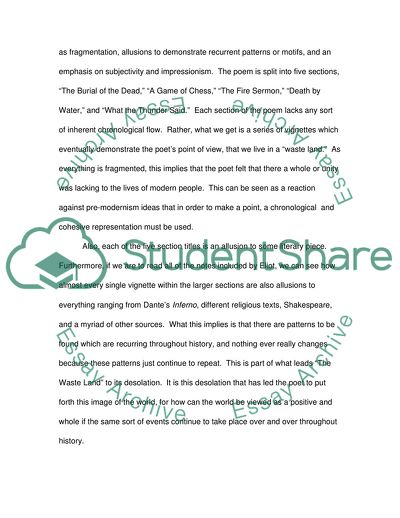Cite this document
(Breaking with the Continuum: Modernism and Post-Modernism Essay Example | Topics and Well Written Essays - 1250 words, n.d.)
Breaking with the Continuum: Modernism and Post-Modernism Essay Example | Topics and Well Written Essays - 1250 words. https://studentshare.org/philosophy/1714566-breaking-with-the-continuum
Breaking with the Continuum: Modernism and Post-Modernism Essay Example | Topics and Well Written Essays - 1250 words. https://studentshare.org/philosophy/1714566-breaking-with-the-continuum
(Breaking With the Continuum: Modernism and Post-Modernism Essay Example | Topics and Well Written Essays - 1250 Words)
Breaking With the Continuum: Modernism and Post-Modernism Essay Example | Topics and Well Written Essays - 1250 Words. https://studentshare.org/philosophy/1714566-breaking-with-the-continuum.
Breaking With the Continuum: Modernism and Post-Modernism Essay Example | Topics and Well Written Essays - 1250 Words. https://studentshare.org/philosophy/1714566-breaking-with-the-continuum.
“Breaking With the Continuum: Modernism and Post-Modernism Essay Example | Topics and Well Written Essays - 1250 Words”. https://studentshare.org/philosophy/1714566-breaking-with-the-continuum.


